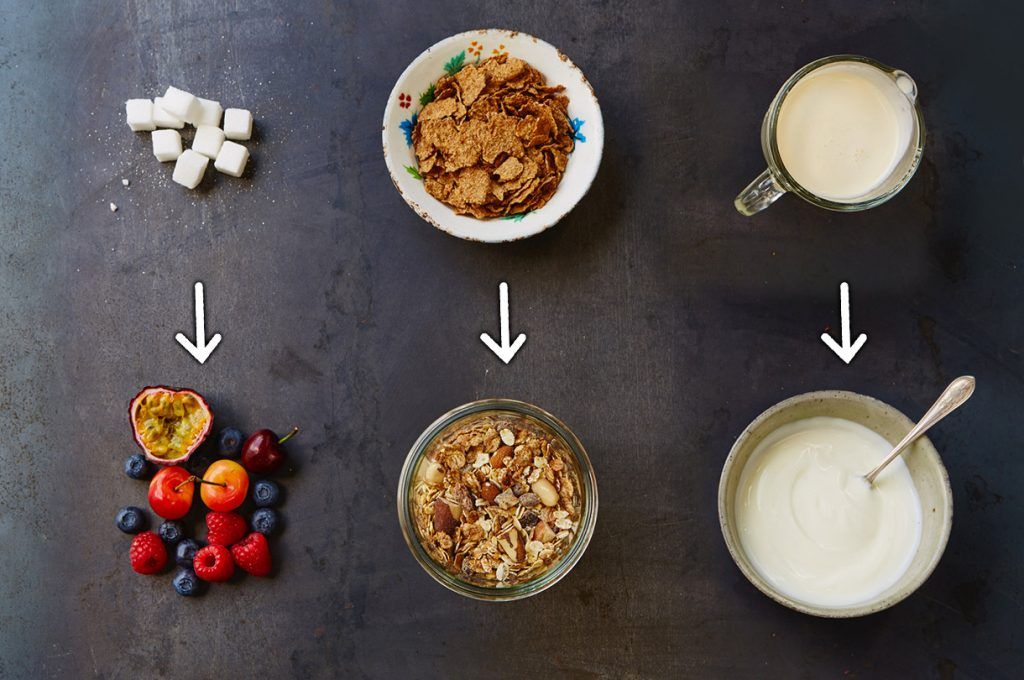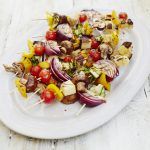Getting healthy can seem like a huge undertaking. However, a few small, easy changes and ingredient swap-ins – like we've done here with fruit instead of refined sugar, proper muesli instead of processed cereal, and natural yoghurt instead of cream – can make really significant improvements from a nutrition perspective.
Fat swaps
Fat is an essential nutrient in our diet – really – but only when it’s the right kind. Saturated fat (the bad kind) is bad news for our heart and cholesterol levels when eaten in excess, and it should be kept to a minimum. Luckily, there are lots of ways to cut down on saturated fat intake.
Yoghurt is an all-round winner, and should be a staple in everyone’s fridge. It’s a great alternative to high-fat dips such as mayonnaise, and great for making a lighter version of houmous. Mayonnaise contains 79g of fat per 100g – quite a difference to fat-free yoghurt! Jamie’s recipe for a minty yoghurt dip is a nice way of seeing for yourself that reducing fat doesn’t mean compromising on flavour. Swapping cream and crème fraîche, both of which are high in saturated fat, for yoghurt is another great tip. A carbonara, for example, is typically laden with cheese and cream, but Jamie’s recipe for a lighter carbonara is made using fat-free yoghurt instead, and is so delicious you wouldn’t know – or care – about the difference.
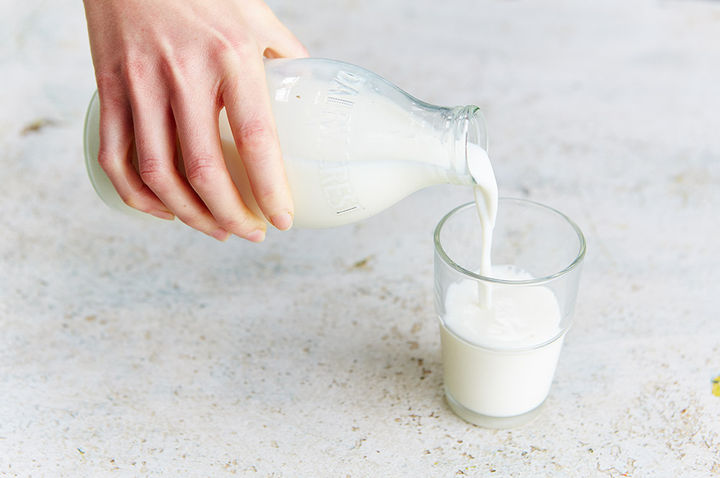
Dairy-wise, going for skimmed or semi-skimmed milk is always a good idea. Not only do they contain less fat, but they still contain just as much calcium as whole (full-fat) milk.
To reduce the amount of fat in your diet, you can also use less meat, and leaner cuts when you do choose it. Meat doesn’t have to be the focus of a meal, and vegetables are a great way of filling out a plate. Leaner cuts of meat can be useful for quick midweek meals, think pork fillet and chicken breast. This Blackened chicken with quinoa salad recipe, for example, is bulked out with avocado, and uses only two chicken breasts between four people simply by cleverly slicing up the chicken to make it go further.
Salt swaps
It’s recommended that we have no more than 6g of salt per day. More than that is unhealthy, yet the average person consumes 8.1g.
Salt is found in a lot of ready-made, processed foods, but when you cook from scratch you can control exactly how much salt is going into what you eat. You can also use herbs, spices and acids (such as those from lemons, limes and oranges) and cheeses such as feta to create and enhance flavour and minimise the amount of salt needed.
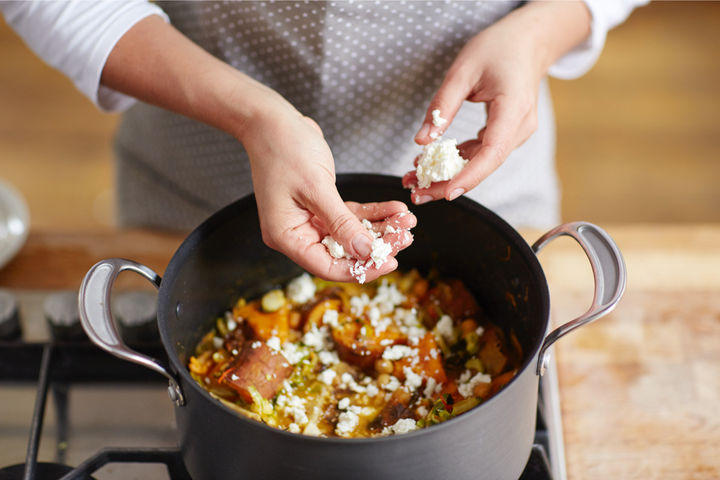
For a great example, check out Jamie’s awesome vegetable chilli recipe, which keeps the salt to a minimum, celebrates the power of spice and, of course, stars his best friend in the kitchen – fresh chillies!
Sugar swaps
In much the same way as salt, sugar is often found in processed foods. It’s a cheap and easy way to add flavour, and lots of products are loaded with it. However, too much sugar in our diet can cause us to gain weight, and increases our risk of dental problems.
If you typically keep hydrated with fizzy drinks, a great way to cut down on your sugar intake is to swap to water that’s been flavoured with fresh fruit. Fruit contains natural sugar instead of the added, refined stuff, which means you’ll be reducing your sugar and calorie intake.
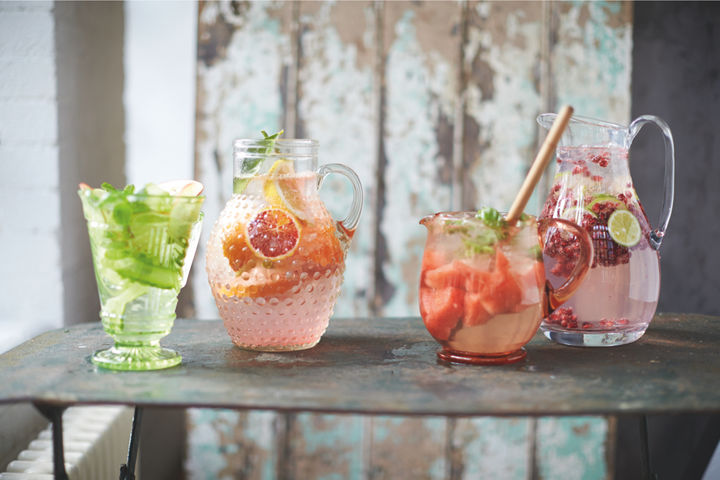
It’s best to think of indulgent desserts as treats and save them for special occasions, because they can be packed with fat and sugar. However, if you crave something sweet after a meal, this frozen yoghurt recipe is made with lovely naturally sweet strawberries, should satisfy your sweet tooth, and it’s only 63 calories per serving! It’s made with a little honey, but this goes a long way, making 6 servings.
Snacks can be great if you need some energy to tide you over until your next meal, but be careful to choose the right ones, avoiding high-fat, high-sugar snacks such as chocolate and biscuits. A handful (around 30g) of dried fruit such as mango or apricots can provide the same energy hit, but contains many more nutrients, such as fibre.
Carb swaps
Carbohydrates seem to have acquired a bad – and totally unfair – reputation, as they’re often associated with weight gain. However, they’re essential for a healthy, balanced diet as they are our main form of energy – you just have to make sure you’re eating the right ones.
A simple swap to get more fibre in your diet is to trade up to wholewheat or wholemeal carbs. Wholewheat pasta boasts around twice the fibre of white pasta, while the fibre content of wholemeal bread is more than double that of white bread. High-fibre foods are not only great for filling you up properly (and so reducing the chance of snacking on high-fat and sugary food and drinks), but they also keep your digestive system healthy, and can reduce your risk of heart disease and certain types of cancer. The same goes for brown rice – it takes a little longer to cook, but it’s a great trade up, as it provides more fibre and also has a lovely nutty flavour. In fact, there are loads of great rice varieties, and it’s well worth experimenting.
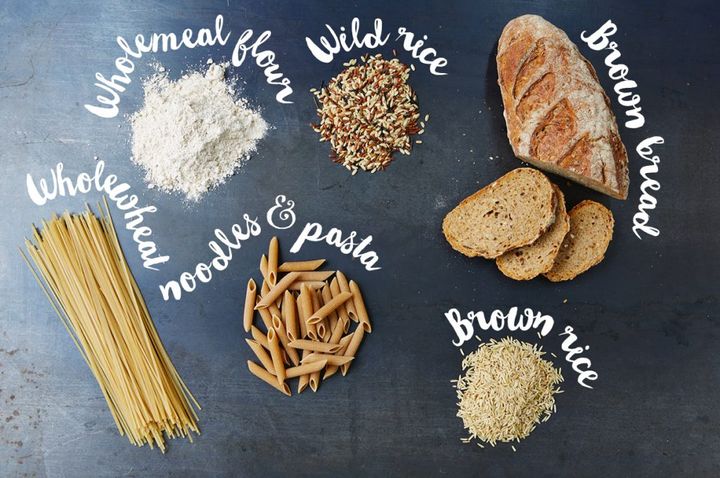
One potential minefield meal is breakfast – it’s super important, but lots of people skip it or, worse still, eat cereals full of added sugar. Carbohydrates are important at this time of the day because they provide an energy boost that helps the body to refuel after the overnight fast. A brilliant good-carb breakfast is Bircher muesli, which is packed with porridge oats – a natural source of fibre and beta glucan, which helps to lower cholesterol. You’ll have to make this the night before, but it’s well worth the effort!
What healthy swaps have you made that have improved your lifestyle?
For more help becoming the best you can be, join our Healthier Happier You community and order your copy of Jamie’s Everyday Super Food!
